Float Switch Water Sensor – Reliable Liquid Level Detection
The Float Switch Water Sensor is an affordable and robust solution for monitoring liquid levels and controlling pumps, valves, or alarms. Using a buoyant float that moves with the water level, it actuates an internal switch to indicate high or low levels, enabling automatic filling, drainage control, and overflow protection.
Key Features
- Type: Float switch water level sensor for on/off level detection
- Durable construction: high-quality plastic with corrosion resistance for fresh and saltwater environments
- Mounting: supports vertical or horizontal installation depending on the application
- Electrical: suitable for low-voltage DC switching; can control AC circuits when used with relays
- Reliable operation: simple mechanical design for long life and low maintenance
- Compact size for easy integration into tanks, reservoirs, sump pits, and DIY projects
Applications
- Automatic water tank filling systems and float-controlled valves
- Sump pumps, drainage control, and flood prevention
- Aquarium water level monitoring and marine bilge systems
- Industrial water level management and process tanks
- Home and hobby automation with microcontrollers (Arduino, Raspberry Pi) and relay modules
Technical Specifications
- Sensor type: Mechanical float switch
- Material: Corrosion-resistant plastic body and float
- Mounting options: Vertical or horizontal
- Operating environment: Suitable for fresh and saltwater applications
- Electrical rating: Designed for standard switching loads; use appropriate relays or drivers for high-voltage or high-current circuits
- Compatibility: Easy to interface with relay modules, motor controllers, and microcontroller input circuits (use isolation when required)
Installation and Wiring
Install the float switch in the desired orientation (vertical or horizontal) so the float can move freely with the liquid surface. For safe operation:
- Keep the wiring and connections above the maximum liquid level when possible
- For DC control, connect the switch in series with the load or to a digital input through proper pull-up or pull-down resistors
- For AC loads or high current devices, operate a relay or contactor using the float switch to isolate and protect the sensor
- Seal any cable entry points and use waterproof connectors when used in outdoor or submerged installations
Benefits
- Cost-effective and easy to use solution for level detection and pump control
- Minimal maintenance thanks to a simple mechanical design
- Versatile compatibility with hobbyist and industrial control systems
- Reduces risk of overflow and dry-run damage by enabling automatic control
Maintenance and Safety
- Periodically inspect the float and body for debris or buildup that could impede movement
- Verify electrical connections are secure and that insulation is intact
- Avoid direct connection to high-voltage AC loads without proper relays or isolation
- Follow local electrical codes and best practices when wiring pumps and control circuits
Compatibility and Integration Tips
- Direct reading by microcontrollers: use appropriate input conditioning (pull-up/pull-down resistors and debouncing as needed)
- Drive pumps and high-current devices using a relay, SSR, or motor controller controlled by the float switch
- Combine with level controllers or PLCs for multi-point level control and alarm logic
Frequently Asked Questions
- Can I use this float switch directly with an Arduino? Yes, but connect it to a digital input with proper pull-up or pull-down and consider debouncing. For motors or mains-powered pumps use the float switch to drive a relay.
- Is it suitable for saltwater? The plastic construction is corrosion resistant and suitable for many fresh and saltwater applications. For highly aggressive chemicals, consult material compatibility.
- Can it handle high-current loads? The mechanical switch is intended for signaling or low-current loads. Use a relay or contactor to switch high-current or mains circuits.
Note: Images are for illustration purposes only.

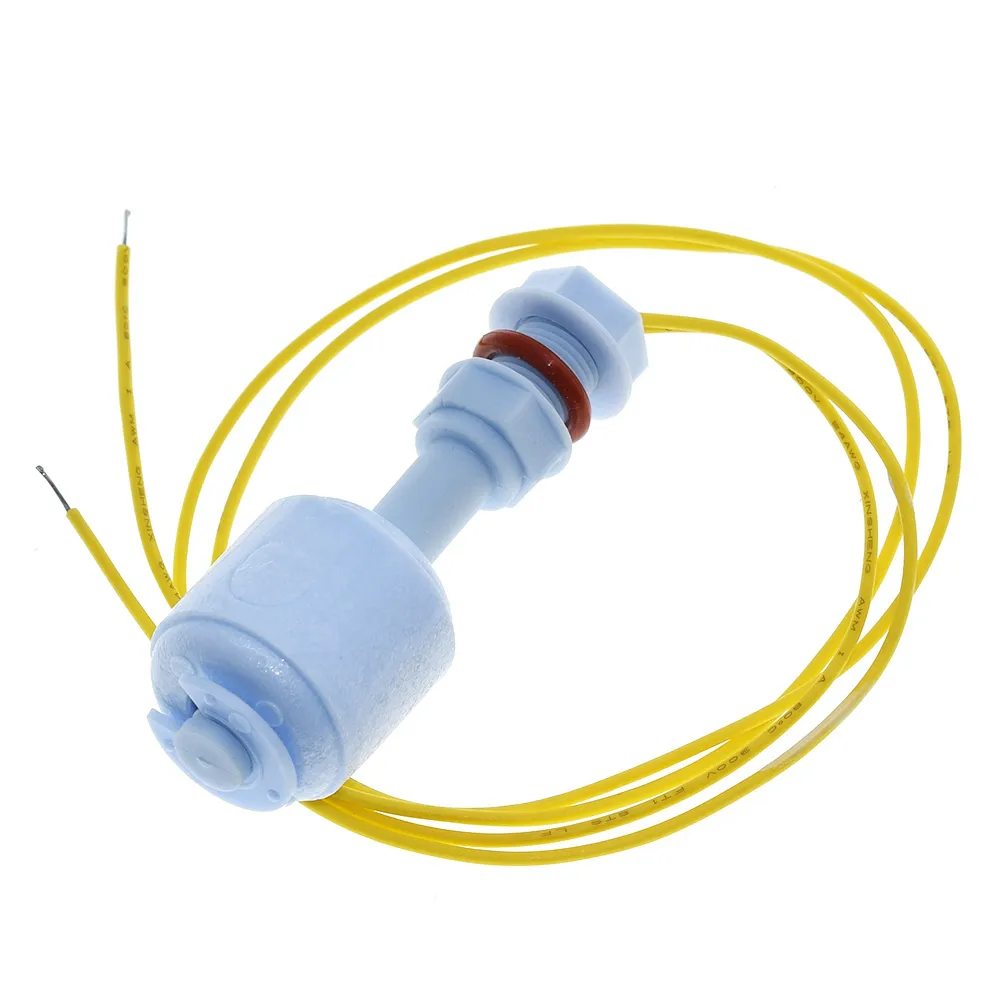
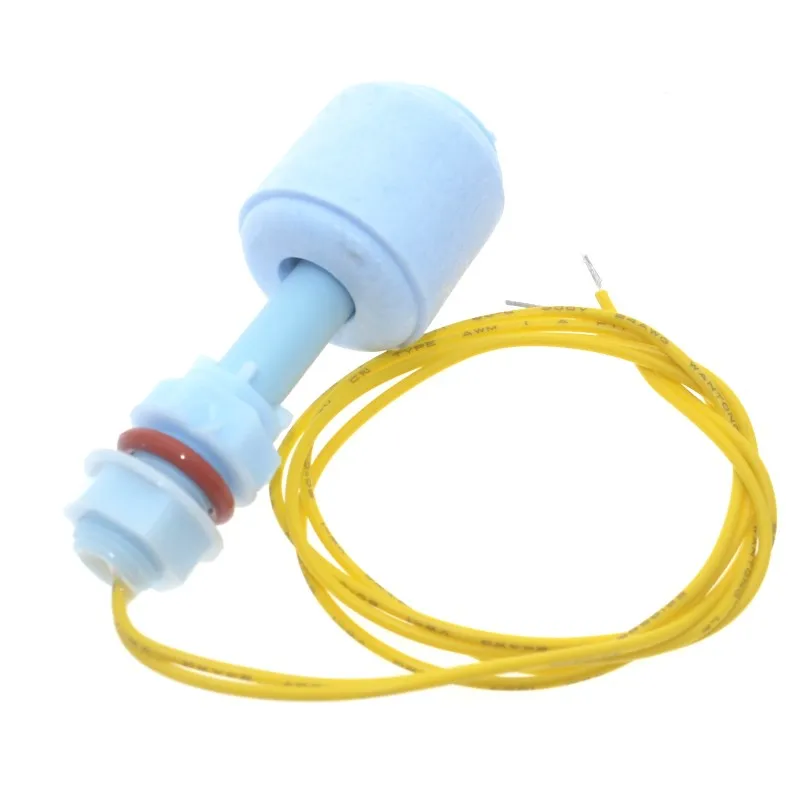


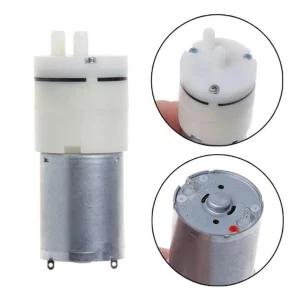
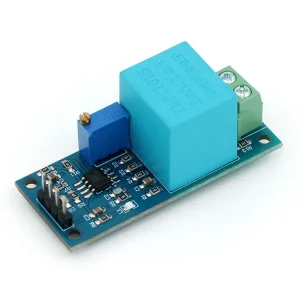
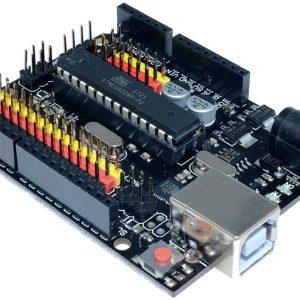
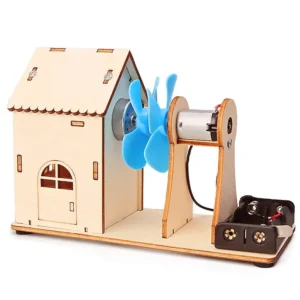
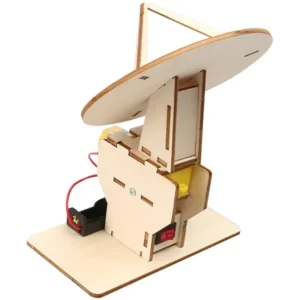
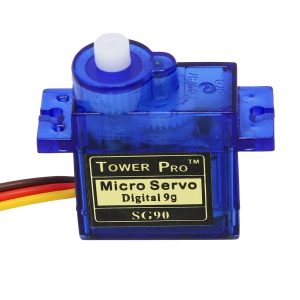
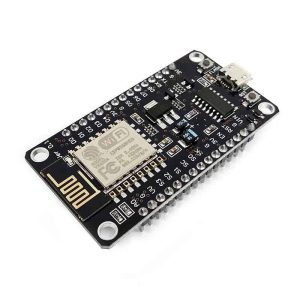
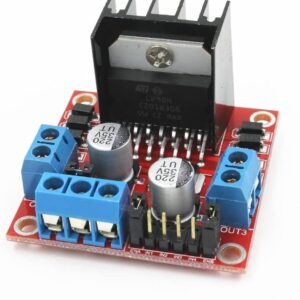
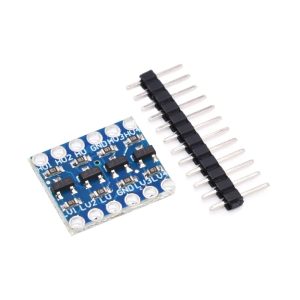

Reviews
There are no reviews yet